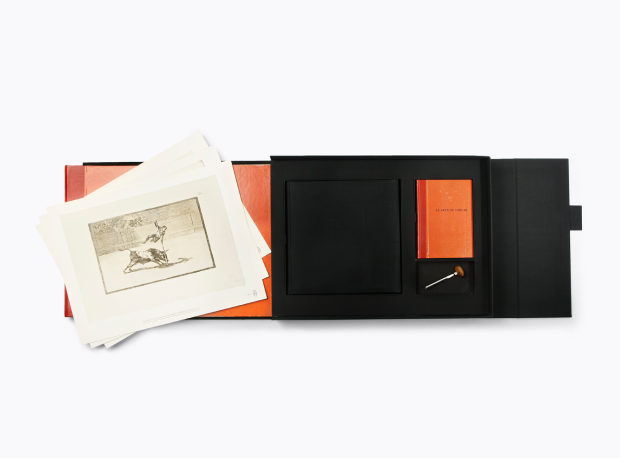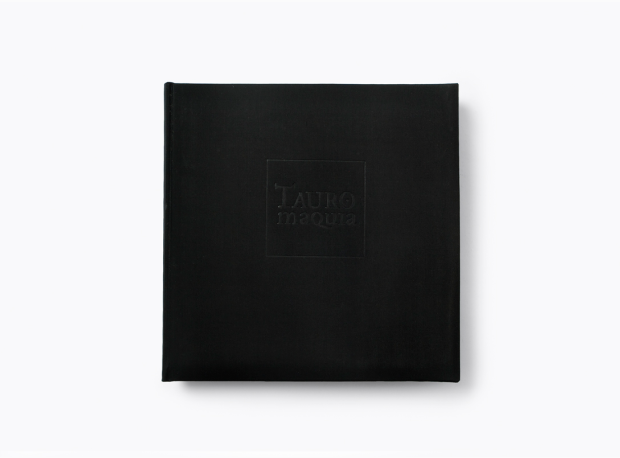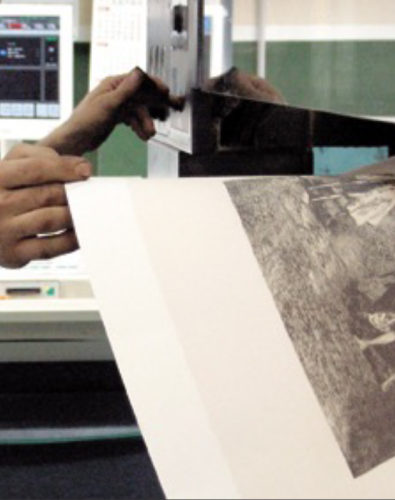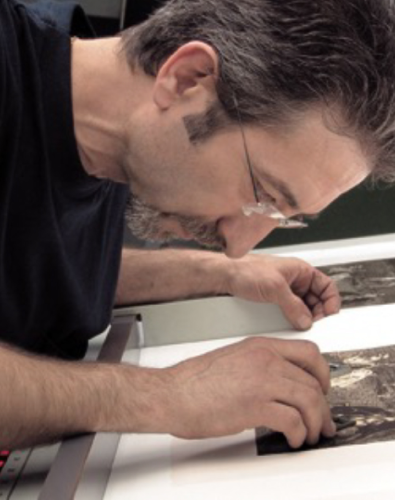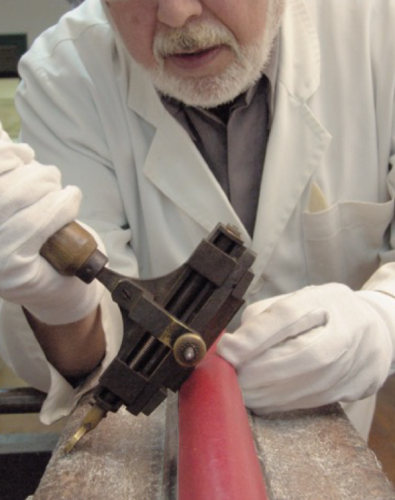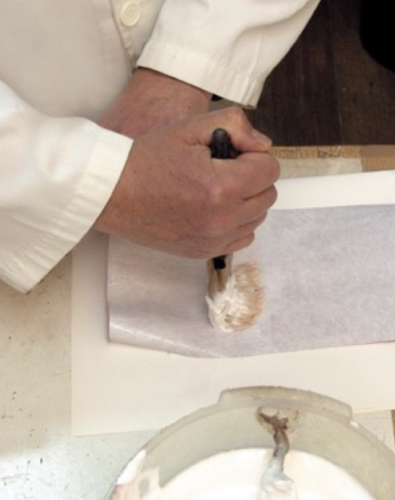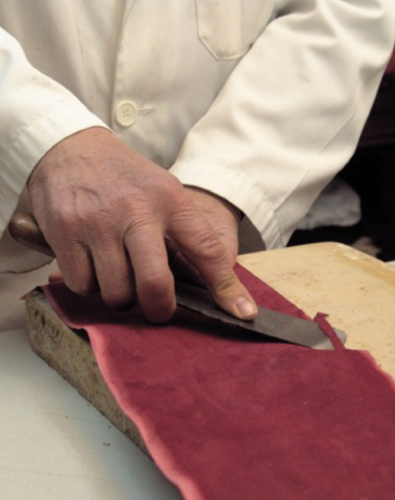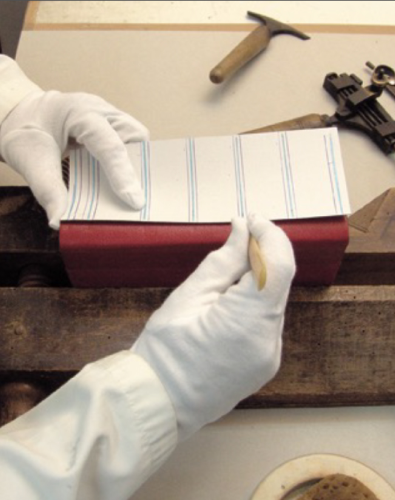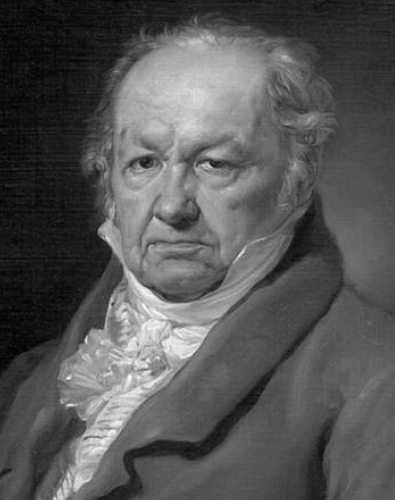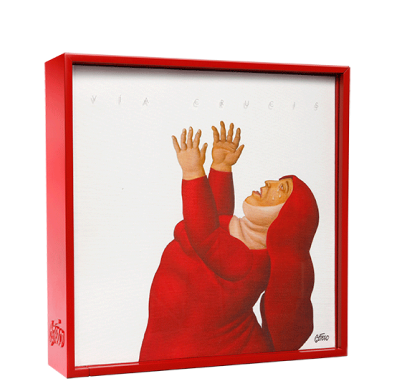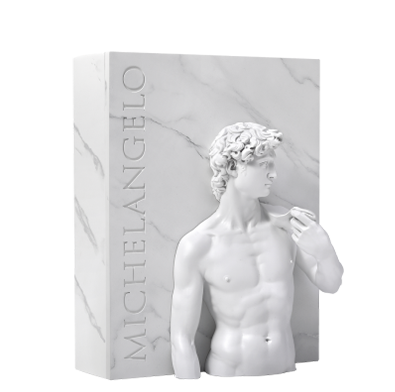En plena madurez, un genio decepcionado con la situación de la época, rompe con la pintura cortesana y se vuelca en buscar nuevos lenguajes gráficos donde ampliar y explorar sus facultades. Esta etapa introspectiva del pintor quedará reflejada en varias series de estampas, entre las que se incluyen las de la Tauromaquia.
Artika y la Real Academia de Bellas Artes de San Fernando han realizado una obra de edición limitada y numerada de 998 ejemplares, con la reproducción facsimilar de las 40 estampas de Francisco de Goya que componen la Tauromaquia, a partir de una primera edición conservada en la Calcografía Nacional.

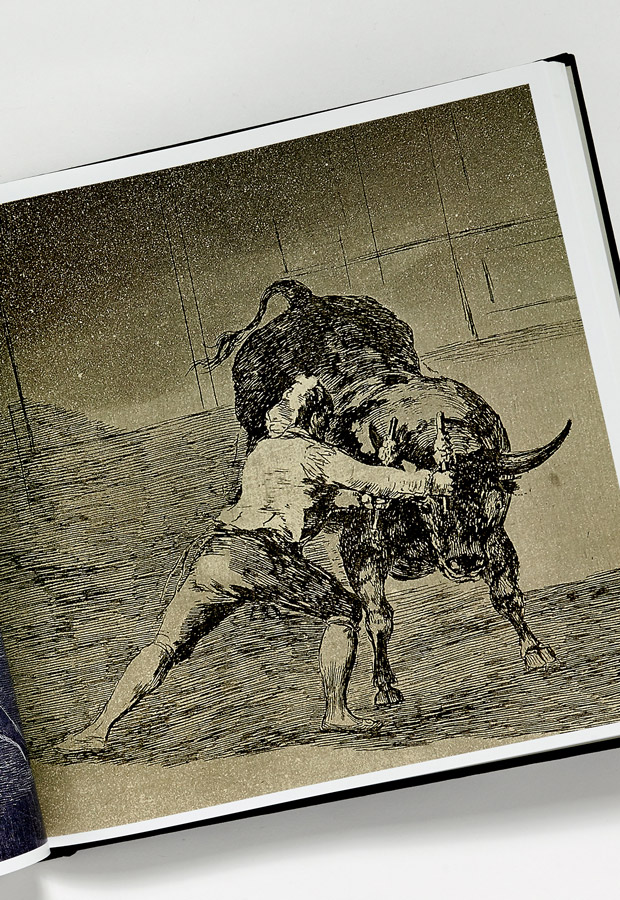


Las estampas plasman con maestría el rito del toreo, con unos trazos repletos de fuerza y carácter. Se presentan protegidas en una carpeta realizada siguiendo la original con la que el propio Goya encuadernó la primera edición de la Tauromaquia.
Un volumen de gran formato nos muestra un minucioso estudio de las estampas y nos acerca a la vida y obra del pintor, a la historia de su Tauromaquia y a su forma de trabajo como grabador, a través de grandes especialistas de Goya.
Acorde con la importancia y valor de la obra, ésta se presenta en un estuche de artesanía diseñado especialmente con la firma del Goya grabador, con un original cierre de cobre, emulando a las planchas usadas en este arte, con el título de la obra grabado, que quiere ser un homenaje a la figura de un gran maestro.
ESPECIFICACIONES TÉCNICAS
ESTUCHE
- Estuche con apertura frontal en ventana
- Totalmente manipulado a mano
- Forrado en tela negra de algodón brillante
- Estampado con la firma ampliada del pintor en la parte superior
- Cierre por imán
- Placa de cobre grabada con el nombre de la obra
- Formato: 58,5 x 44,5 cm
CARPETA PROTECTORA
- Reproducción del original a tamaño mayor
- Forro en rojo según el estado actual del original
- Lomo en piel roja
- Hendidos en lomo como el original
- Estampado en seco en la cubierta
- Contiene las 40 imágenes impresas
- Formato: 57,4 x 42,2 cm
REPRODUCCIONES FACSIMILARES
- Reproducción facsímil de 40 estampas: 33 numeradas que corresponden a la primera edición y 7 de la A a la G que reproducen la última estampación hecha por la Calcografía Nacional.
- Formato del papel: 52 x 39 cm
- Impresión en 4 tintas directas
- Papel de algodón Old Milde de Fedrigoni, de 145 gr
- Reproducción facsimilar de las estampas
- Sello de Calcografía Nacional (CN)
- Protección de cada imagen impresa con papel separador
- Incluye reproducción del índice original
TAIROMAQUIA
- Número de páginas: 384
- Papel estucado semimate de 135 gr
- Encuadernado en tela negra de algodón brillante
- Cinta de lectura
- Recopilación de estampas, planchas y dibujos
- Textos de investigación y divulgación
- Ampliación de detalles
- Formato: 29,7 x 29,7 cm
EL ARTE DE TOREAR
- Páginas: 272
- Papel de algodón de 135 gr
- Impresión a 2 tintas – negro y burdeos
- Encuadernado en papel rojo de forro de tapa y lomo de piel roja
- Cinta de lectura
- Formato: 14,4 x 20,5 cm
BURIL
- Buril de grabador
- Reproducción de la época
PROCESO DE PRODUCCIÓN
OTRAS COLECCIONES
SOLICITAR INFORMACIÓN
Te informaremos sobre las obras y novedades de ARTIKA.


